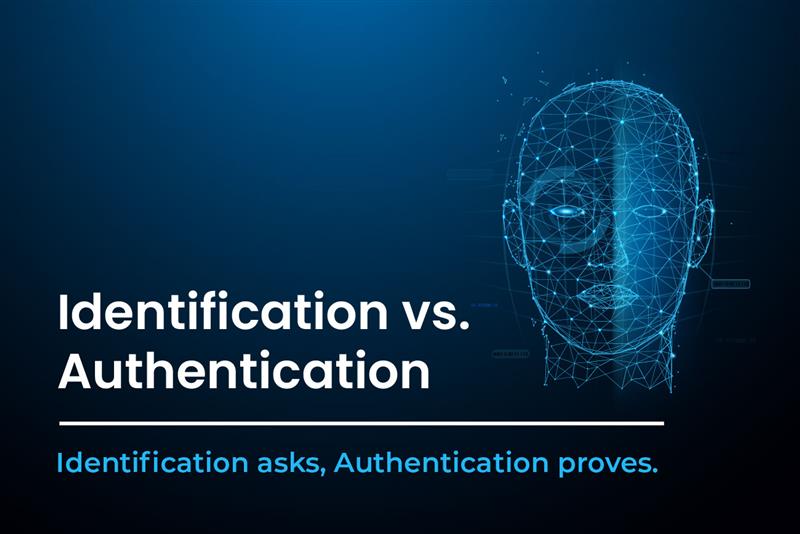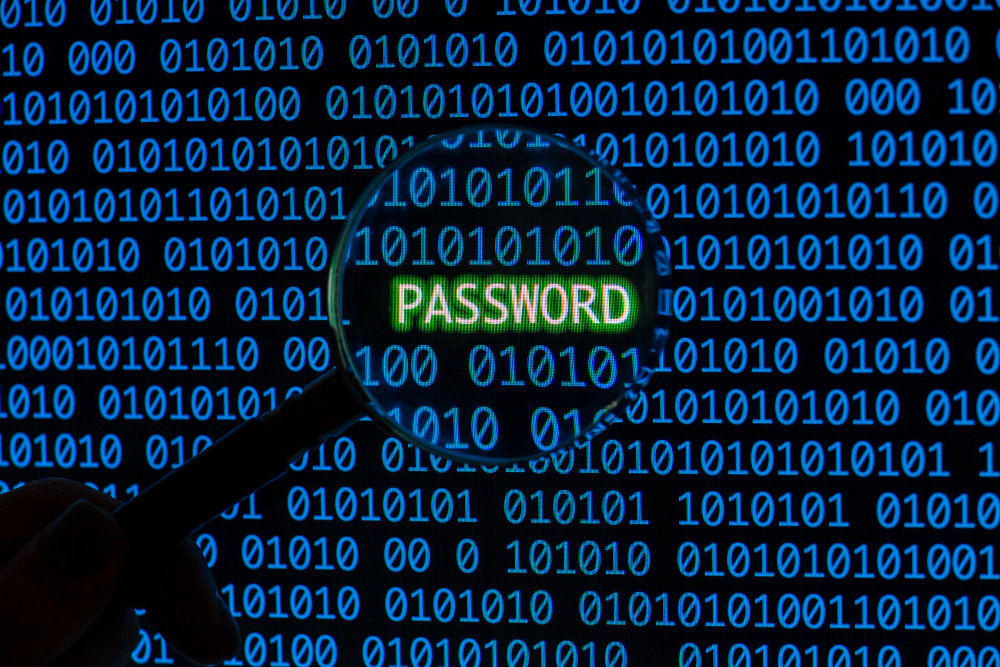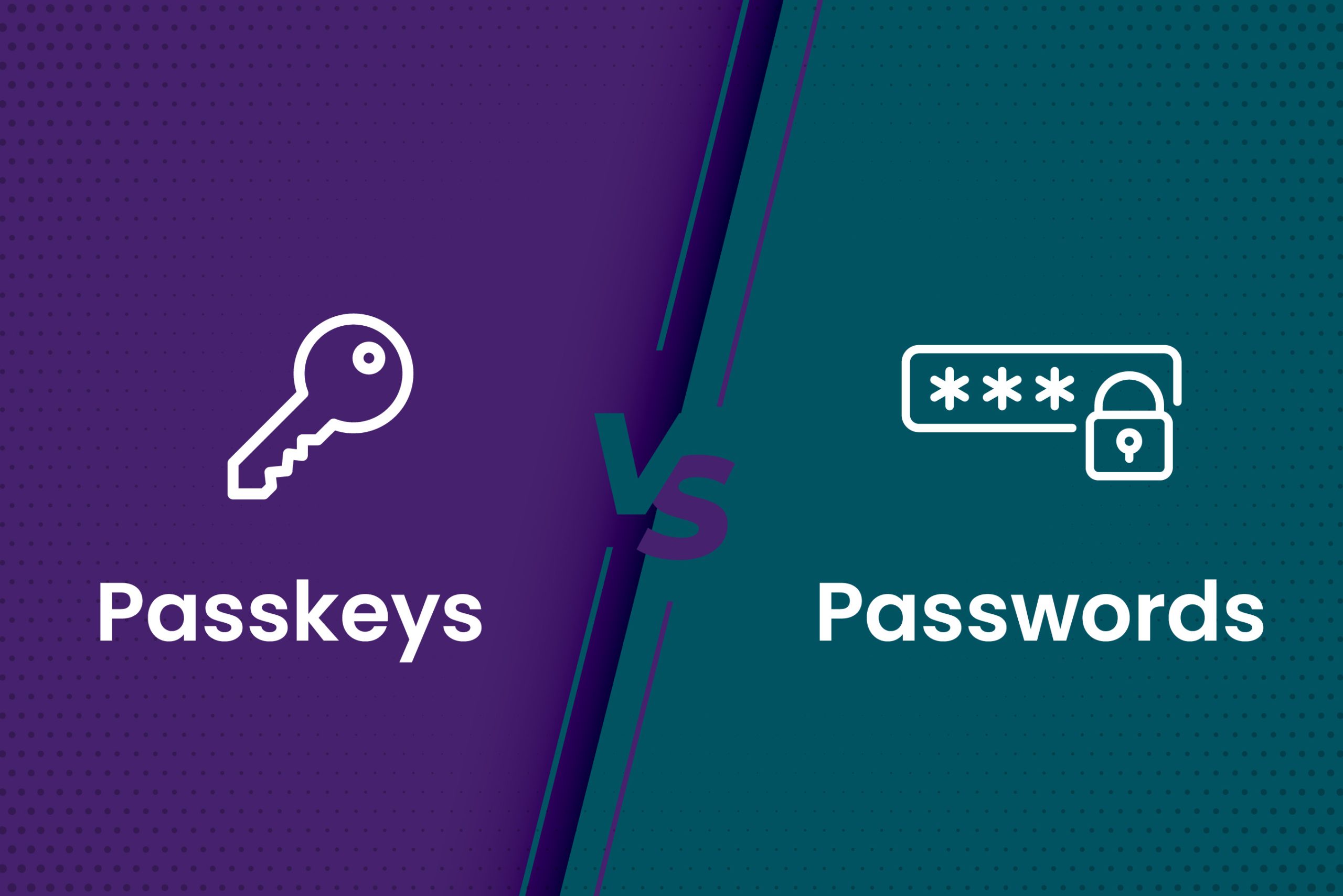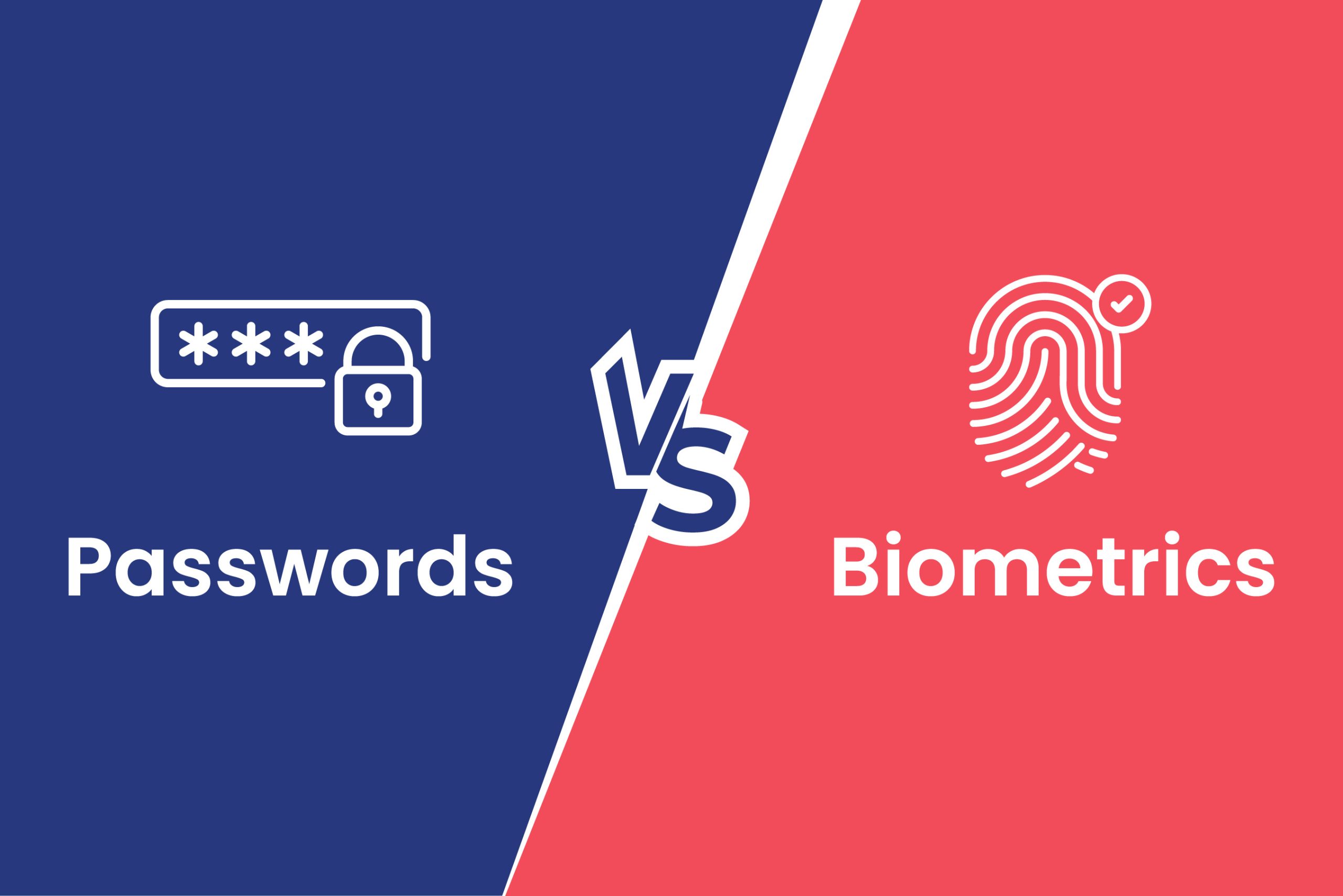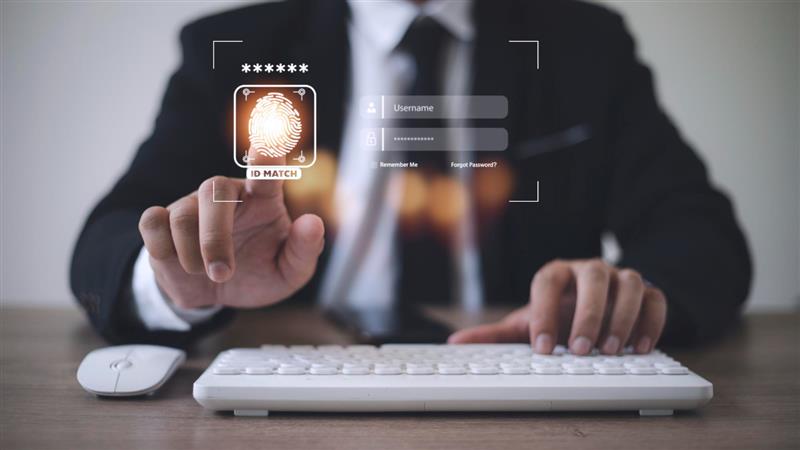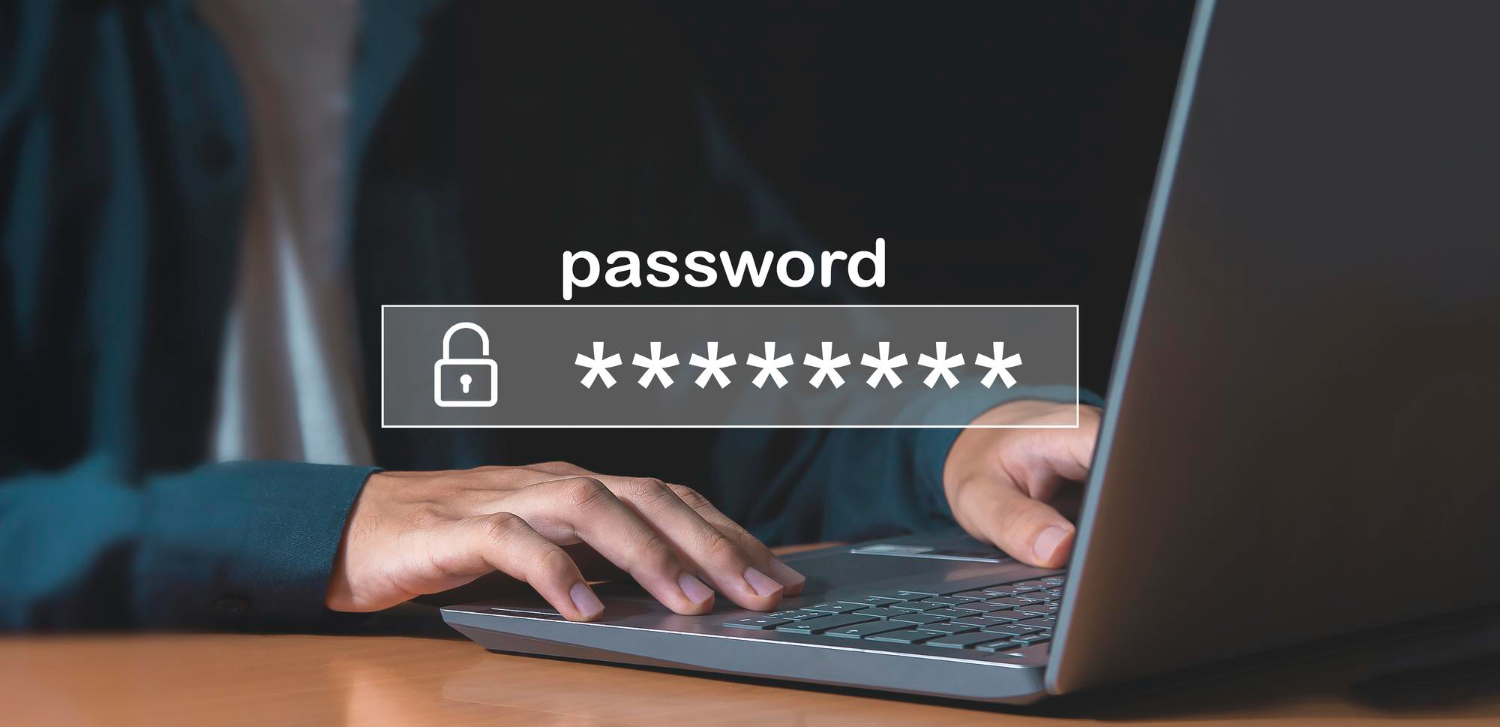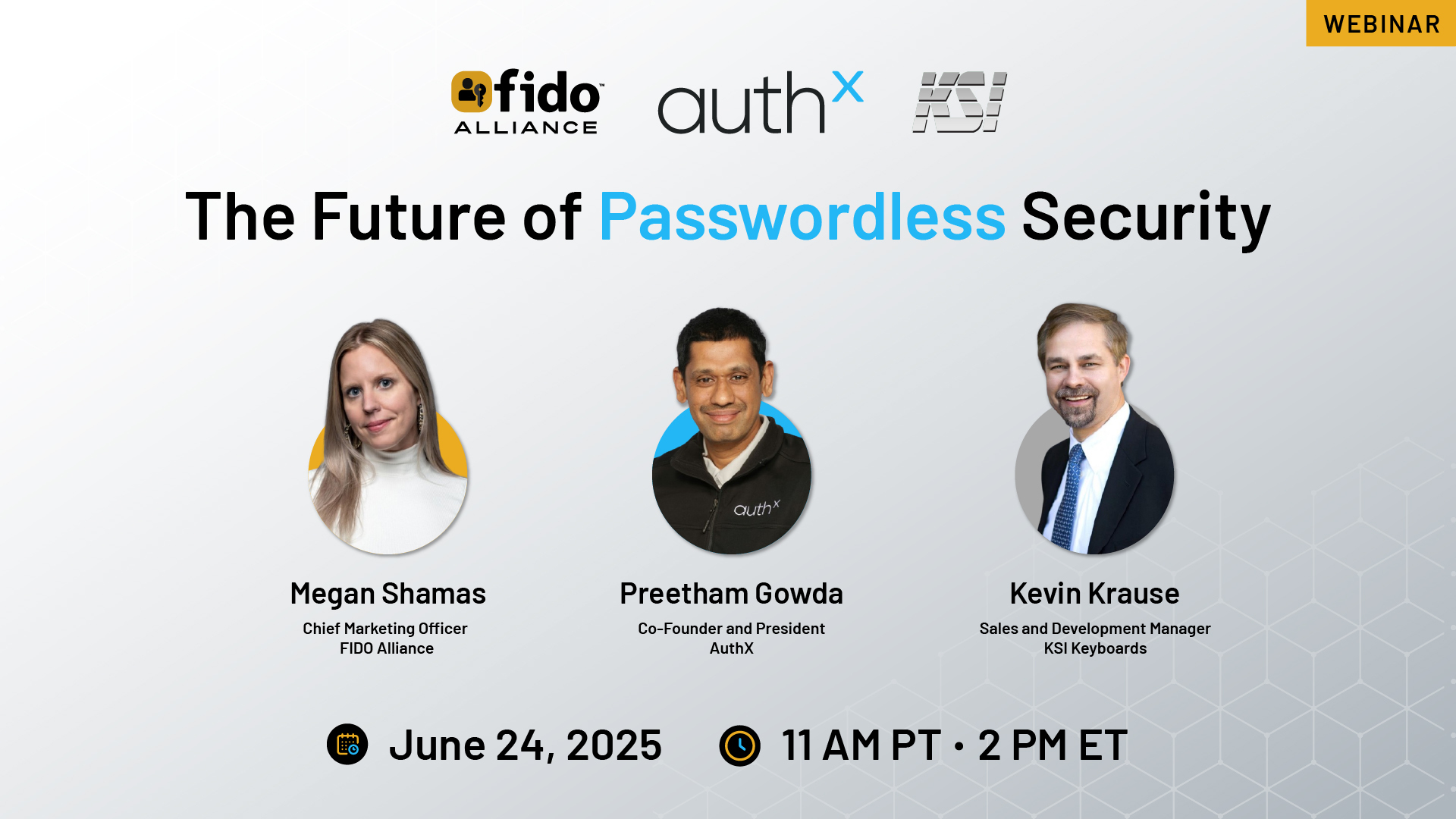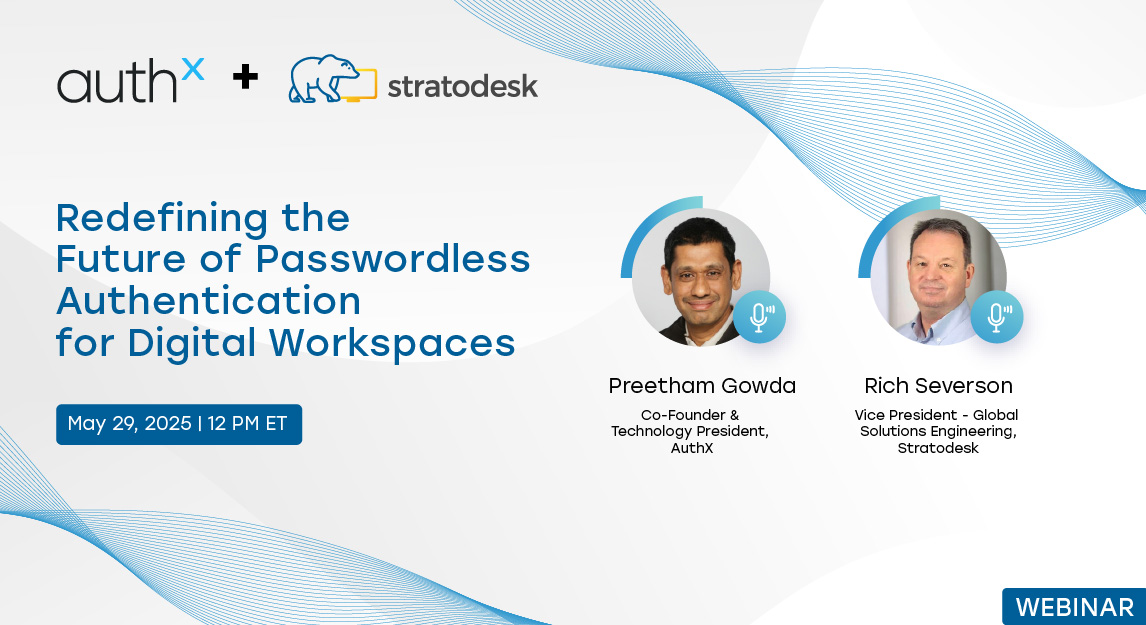Today, identity theft is one of the most rapidly expanding crimes globally, with hackers more inventive than a Hollywood plot twist. As of 2025, cybercrime continues to escalate, with global costs projected to reach $10.5 trillion annually by the end of the year. Looking ahead, estimates suggest that by 2029, the annual cost could rise to approximately $15.63 trillion. Identity management has never been more crucial as these cyber criminals target everything from your personal information to company resources.
But here’s the catch: while security needs to be tighter, user access can’t feel like a locked vault. Companies must find that fine balance between protecting their digital identities and not disrupting their users’ access.
We’ll discuss the fundamentals of identity management in this blog post, focusing on identification vs authentication and how they contribute to a seamless and secure online experience. We will also explore identification vs authentication vs authorization and identification vs authentication vs verification to clarify how these processes work together.
Identification: Establishing Who You Are
The journey towards securing digital identities begins with identification. This is the first step in proving who you are in any system or service.
What is Identification?
The process of establishing a digital identity by supplying identification information is known as identification. A username, email address, phone number, or even a system-assigned user ID can be included. Identification alone does not prove that someone is who they say they are, even though it is the initial piece of the puzzle.
Why Identification Alone Isn’t Enough!
The identification phase is where users present their identity credentials, such as a username or ID card, before moving forward with authentication. However, relying on identification information alone isn’t sufficient to secure access. Fraudsters are constantly trying to find ways to sneak around security systems; So, depending just on identity may leave you exposed. Even if your username has been stolen or forged, someone can still access it without having to provide identification.
Multi-layered security is crucial for this reason. While identification is crucial, the procedure must involve more than just establishing your identity. Verification and authentication ensure the legitimacy of the individual assuming the identity.
Verification: Proving Who You Are
Now that we know how identification works, let’s dive into the verification process. This step confirms that the information provided during identification is true and valid.
What is Verification?
Verification is the process of proving that the personal details shared by the user are authentic. For example, a system might ask users to submit a government-issued ID or perform biometric scans like fingerprint or facial recognition. This step typically happens only once, during account setup or registration.
How Verification Prevents Fraud?
Fraud prevention requires verification. Consider a scenario in which someone attempts to register for an account using a different name after stealing personal data, such as a social security number. Fraudulent acts like this can be detected and stopped before any damage is done by implementing verification procedures.
Imagine it this way: verification guarantees that we are working with an actual individual and not merely a collection of data.
Authentication: Proving Your Identity Every Time
Now comes the most crucial part of the identity management process: authentication. Authentication is what ensures that you’re the person you say you are each time you log in or perform sensitive actions.
What is Authentication?
Authentication verifies a user’s identity at the point of access. It’s like showing your ID every time you enter a building. Different methods are used for authentication, and at AuthX, we emphasize the use of multiple factors to enhance security.
• Something You Know: A password or PIN.
• Something You Have: A token or security card.
• Something You Are: Biometric data like fingerprints or facial recognition.
Why Strong Authentication Matters!
The more factors you use to authenticate, the stronger your security. Multi-Factor Authentication (MFA) is a key strategy here. MFA requires at least two authentication methods, making it significantly harder for hackers to gain access, even if they have your password.
The easiest way to keep your data safe? MFA. Simple as that. Combining two or more methods of authentication ensures your data stays secure.
Authorization: Controlling Access to Resources
Once you’re identified, verified, and authenticated, authorization determines what resources or data you can access. This step ensures that users only have access to the services and data they are permitted to use.
What is Authorization?
Authorization checks if a user has permission to perform certain actions, like accessing private information or making a transaction. For example, a user might have access to a customer database but not be authorized to view sensitive financial reports.
When Does Authorization Occur?
Authorization occurs after the identification, authentication, and verification processes. Once a user is cleared to access the system, authorization ensures they can only access specific areas based on their role or permissions.
Difference Between Identification and Authentication
Understanding the difference between identification and authentication is critical. Identification is simply stating who you are, while authentication is the process of proving that claim. For example:
- Identification: Entering a username on a login page.
- Authentication: Entering a password or using a biometric scan to confirm identity.
Multi-factor authentication (MFA) strengthens security by requiring multiple authentication factors. This reduces the risk of unauthorized access, even if an attacker has stolen login credentials.
Identification vs. Authentication vs. Authorization
| Feature | Identification | Authentication | Authorization |
|---|---|---|---|
| Definition | Establishing a user's identity (who they claim to be) | Verifying the user's identity using credentials or biometrics | Granting access to specific resources based on permissions |
| Purpose | To recognize and label a user | To confirm the user’s identity | To control access to resources |
| Example | Entering a username or email on a login page | Entering a password, fingerprint, or OTP to verify identity | Accessing specific files or systems after authentication |
| Key Methods | Usernames, email IDs, employee IDs | Passwords, biometrics, security tokens, OTPs | Role-based access, permissions, policies |
| Occurs When? | First step in access control | Second step, after identification | Final step, after authentication |
| Security Level | Low – simply provides an identity | Medium – ensures the right user is logging in | High – prevents unauthorized access to sensitive data |
Identification vs. Authentication vs. Verification
| Feature | Identification | Authentication | Verification |
|---|---|---|---|
| Definition | Declaring who you are | Proving that you are who you claim to be | Checking the validity of the provided identity |
| Purpose | To introduce an identity | To confirm identity for access | To validate identity details before use |
| Example | Providing a username or email | Entering a password, biometric, or OTP | Uploading a government ID for review |
| Key Methods | Usernames, email addresses, phone numbers | Passwords, biometrics, MFA, tokens | Passport, driver's license, social security number, KYC process |
| Occurs When? | First step in access control | During login or access attempts | Usually at account creation or onboarding |
| Security Level | Low – provides a claim of identity | Medium – confirms the claim with credentials | High – ensures the identity is legitimate before authentication |
Balancing Security and User Experience
A significant challenge in identity management is striking a balance between robust security and user-friendliness. Although robust authentication techniques are essential for safeguarding your data, they shouldn’t be so complex that they irritate users.
At AuthX, we aim to make this balance achievable. Our passwordless authentication and adaptive MFA solutions streamline the login process while keeping your data safe.
Security shouldn’t come at the expense of the user experience. That’s why we focus on passwordless authentication – more secure, less hassle.
Solutions like Workforce Identity Cloud and Customer Identity Cloud further streamline identification vs authentication, providing scalable access controls for both employees and end-users. By integrating secure authentication processes, businesses can enhance security without compromising usability.
Tips for Keeping Accounts Secure
Here are some simple but effective ways to enhance your account security:
- Enable Multi-Factor Authentication (MFA): By combining authentication techniques, you can add an extra layer of security.
- Use Biometric Authentication: Fingerprints or facial recognition are quick and safe methods of confirming identity.
- Adopt a Zero Trust Approach: Never trust, always verify. Zero Trust ensures continuous validation of users and devices, reducing unauthorized access risks.
Few Real-World Examples
When you log in to online banking, identification begins with your username. Then, authentication (via password or biometrics) takes place before you can view your account balance. Verification could also occur during account setup, ensuring your identity matches your government-issued ID.
Healthcare
When a doctor accesses electronic health records (EHR), identification happens when they enter their username. Authentication follows via badge tap or biometric verification to ensure only authorized personnel can access patient data. Verification may occur during onboarding, requiring medical credentials to confirm their legitimacy before granting access.
Manufacturing
A factory worker uses an ID badge (identification) to enter a secure production area. They then authenticate with a fingerprint scan (authentication) to operate high-risk machinery. Verification might occur when hiring new employees, where HR checks work permits and certifications to confirm eligibility.
Social Media
Verification steps prevent hackers from gaining control of accounts by using stolen personal information, while authentication ensures only you can access your profile.
Even social media giants aren’t immune to fraud. The more layers you have, the harder it is for fraudsters to succeed.
Key Takeaways
- Identification: Proving who you are.
- Verification: Proving your identification is real.
- Authentication: Confirming your identity each time you access a system.
- Authorization: Ensuring you have access to the resources you need.
Together, these processes form the foundation of a secure digital identity management system. By balancing security with user experience, AuthX ensures that your data is both protected and easily accessible.
Conclusion
Understanding identification vs authentication and their role in identity security is critical for preventing fraud and ensuring secure access. What is identification? It’s the process of establishing identity, while what is authentication? It’s proving that identity at the point of access.
At AuthX, we simplify identification and authentication through Passwordless authentication, Single Sign-On, and Multi-Factor authentication, helping organizations enhance security without compromising user experience.
If you’re ready to strengthen your authentication processes, contact us today to learn how AuthX can help.
FAQs
What is an identification vs authentication example?
What is the difference between authentication vs identification?
Identification is claiming an identity (e.g., entering a username), while authentication confirms it using credentials like passwords or biometrics.
Why is verification needed in addition to authentication?
Verification ensures the identity is legitimate before authentication, preventing fraud by validating official documents or biometrics.
How does Zero Trust improve authentication security?
Zero Trust continuously verifies users and devices, ensuring access is only granted after meeting strict authentication requirements.

